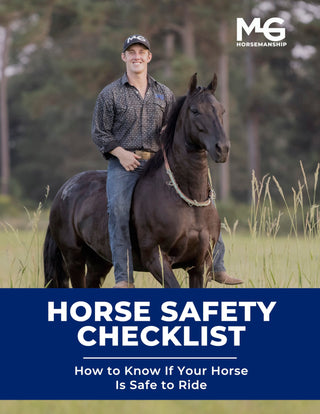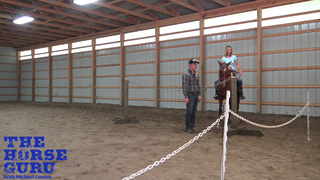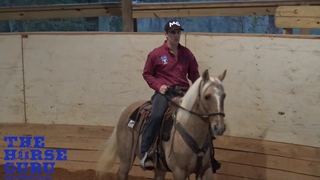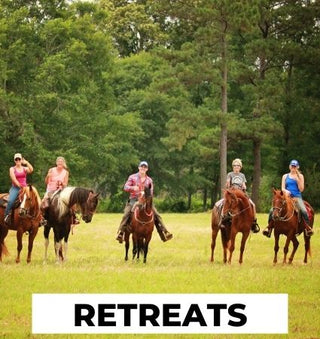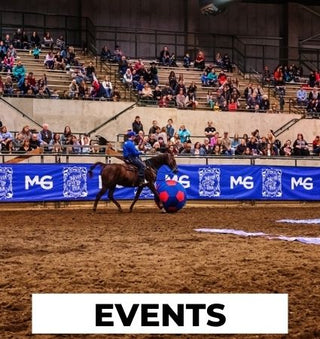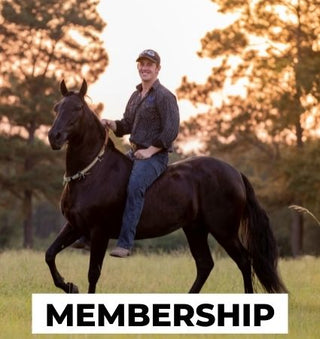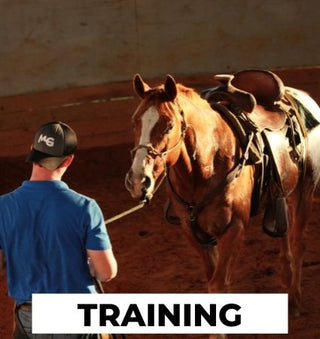Watch the Video Here or continue reading below!
Training a young foal is all about patience, consistency, and building trust. In this blog post, we're diving into Day Two of working with Dashi, a curious and clever young foal, as we introduce her to leading and the foundational concept of using a butt rope. Whether you're working with a colt or filly, these early steps are key to long-term success.
Preparing the Environment
Setting Up for a Focused Training Session
Before starting any foal training session, it’s important to set the stage for success. In this case, we began by tying up Dashi’s dam (the mare) in the corner of the stall. She’s cooperative, but having her secured ensures there are no distractions or safety issues for either the foal or the trainer.
If you're working with a more problematic mare, this step becomes even more crucial to avoid interference during the training session.
Building on Yesterday’s Progress
From Haltering to Engagement
Dashi showed great memory and retention from her first session. Yesterday, she learned how to give to pressure on her face and disengage her hindquarters. Today, she’s already following the trainer more willingly and reacting calmly to being haltered with the Baby MG Halter.
“She didn’t dance backwards like yesterday—progress already!”
This kind of improvement shows how short, positive sessions can build a foal’s confidence fast.
Introducing the Butt Rope
Teaching Forward Movement With Pressure and Release
When a foal doesn’t yet understand how to move forward from halter pressure alone, introducing a butt rope (or a looped lead rope) is a great way to teach them. The process is simple:
-
Place the rope loosely around the foal’s hindquarters.
-
Apply gentle pressure on the rope as you ask the foal to come forward.
-
Release pressure immediately once the foal takes a step.
This technique avoids pulling or fighting with the foal’s face and instead uses their natural response to pressure at the rear.
“Touch her butt, she comes forward—I release both her face and her butt.”
Using the butt rope creates a balanced cue that encourages the foal to move willingly and without fear.
Respect, Not Force
Treating Foals Like Horses—Not Toys
One of the key principles in this training session is respecting the foal as a horse, even though she’s small and young. Many foals become sour or aggressive because they're manhandled early on. Instead, this method focuses on communicating in the horse’s language—pressure and release.
“We’re not trying to strong-arm her. We’re treating her with the dignity of being a horse.”
This respectful approach fosters trust and cooperation, which will pay off immensely as the foal grows.
Wrapping Up the Session
Short, Sweet, and Successful
Young horses have short attention spans, so it’s best to keep sessions brief. In today’s training, Dashi learned:
-
To give to halter pressure
-
To take steps forward using the butt rope
-
To relax and respond without fear
“Just a miniature version of what we’ll expect from her as a full-grown horse.”
After some final touches—removing the butt rope, petting her all over, and rewarding calm behavior—the session ended on a high note.
What’s Next?
Foal Leading in New Environments
Tomorrow, Dashi will get her first experience leading without the butt rope and outside of the stall. This will test her ability to stay focused in a new environment like the round pen. Her dam will likely come along to provide comfort and familiarity.
Final Thoughts
Training Foals the Right Way
Working with foals doesn’t have to be a battle. When you use pressure-and-release, break tasks into small steps, and show respect for the young horse, you’ll be amazed at how quickly they learn and trust you.



